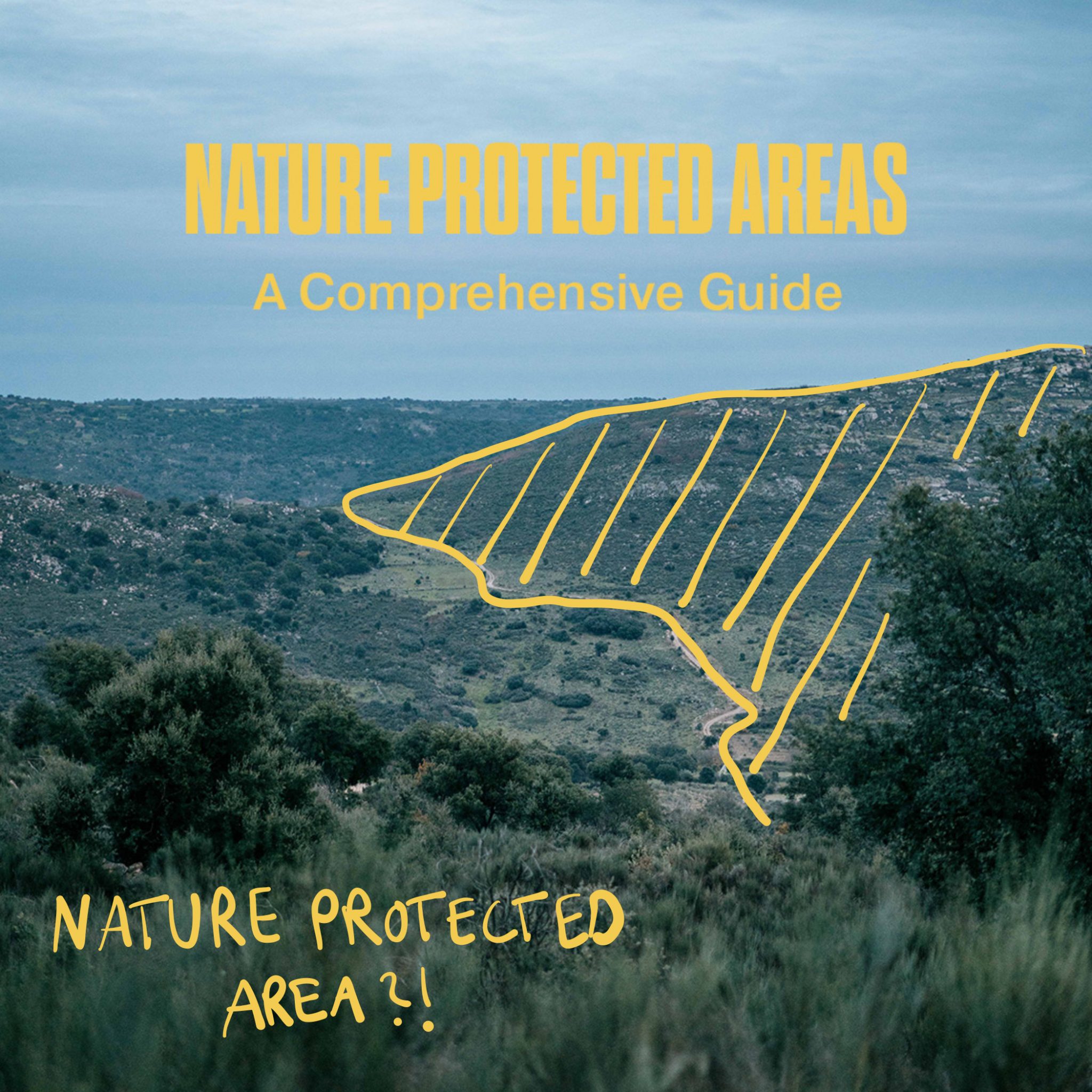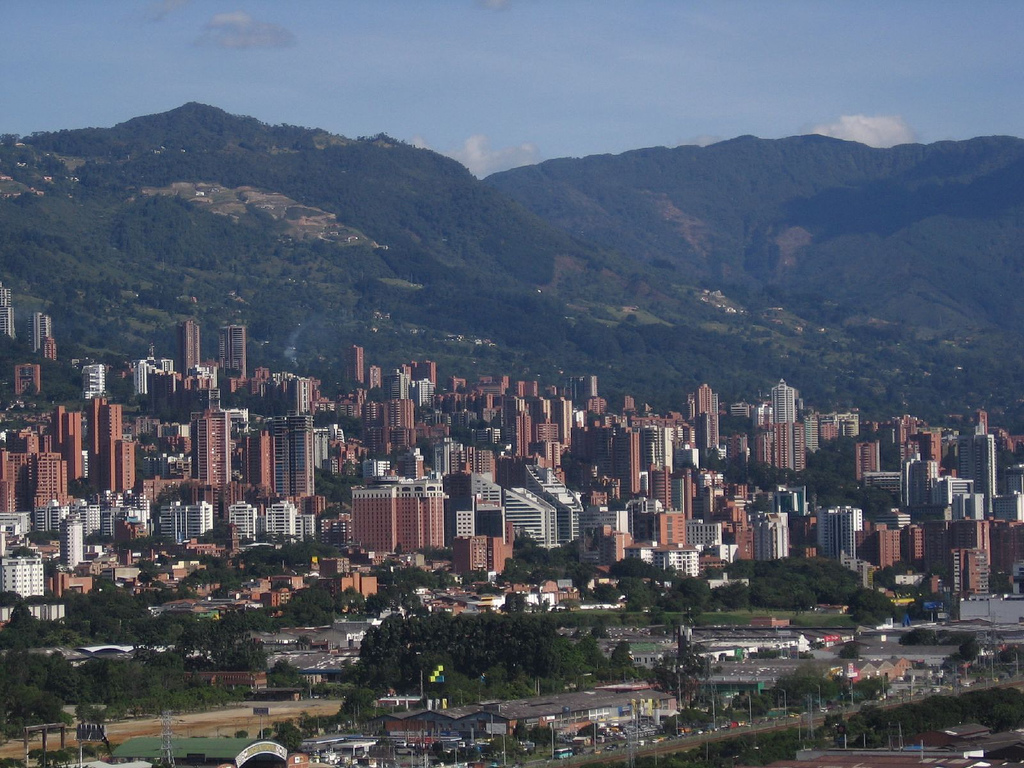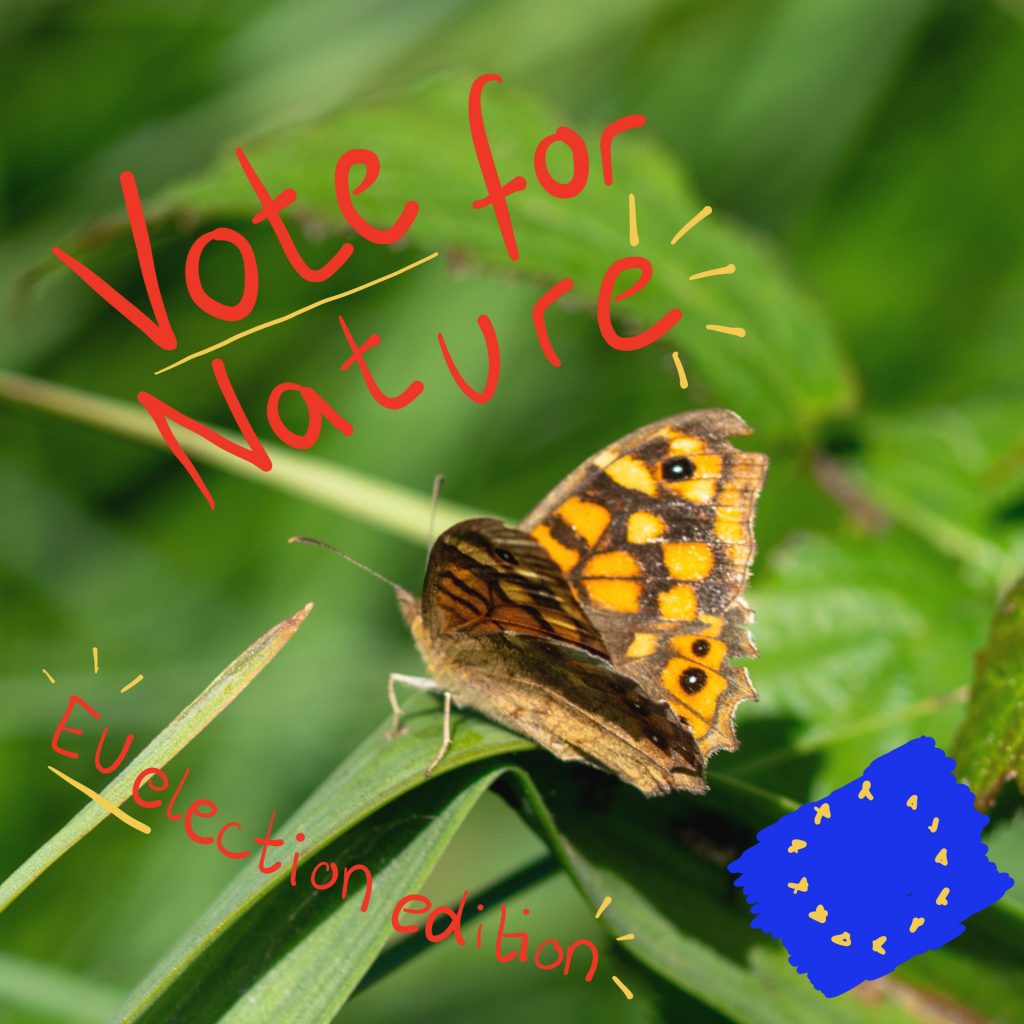Protected areas play a crucial role in biodiversity conservation and environmental protection. Clear definitions and standards, such as those provided by the International Union for Conservation of Nature (IUCN), facilitate easier access to funding, communicate the type of actions taking place in an area, and set global standards for planning and management.
IUCN Protected Area Management Categories
The IUCN has established six Protected Area Management Categories, each defining protected areas based on specific management objectives.These categories provide international standards for conservation planning:
- Category Ia – Strict Nature Reserve: Stringently protected natural landscapes primarily for research or the preservation of large, unspoiled wilderness areas.
- Category Ib – Wilderness Area: Similar to Category Ia, serving as a buffer zone for strict nature reserves.
- Category II – National Park: Reserves of natural, semi-natural, or developed land, declared or owned by national governments, aiming to conserve ‘wild nature’.
- Category III – Natural Monument or Feature: Areas of outstanding or unique value, either natural or cultural, such as waterfalls, cliffs, or archaeological sites.
- Category IV – Habitat/Species Management Area: Areas focus on the conservation and management of habitats and species. These areas are designated to maintain and restore ecosystems to benefit both wildlife and human communities.
- Category V – Protected Landscape/Seascape: areas aim to conserve landscapes/seascapes of significant cultural, aesthetic, ecological, or recreational value. The emphasis is on preserving the interaction between people and nature.
- Category VI – Protected Area with Sustainable: Use of Natural Resources: areas are designated to sustainably use natural resources while ensuring the conservation of ecosystems and biodiversity. These areas are often designed to support local livelihoods and traditional practices.
Protected Areas in Portugal
In Portugal, protected areas are regulated by Decree-Law 142/2008, classified by the national authority or public/private institutions. The main classifications include:
 National Parks: Preserving biodiversity and natural landscapes. Peneda-Gerês National Park is the only designated national park in Portugal.
National Parks: Preserving biodiversity and natural landscapes. Peneda-Gerês National Park is the only designated national park in Portugal.
Nature Parks: Preserving biodiversity influenced by human activities. Example: International Nature Park of the Douro.
Nature Reserves: Areas with ecological, geological, and educational value unoccupied by humans.
Protected Landscapes: Resulting from the interaction between human and natural use, emphasising aesthetic, ecological, or cultural value.
Natural Monuments: Naturally formed occurrences with singular characteristics, requiring conservation.
Private Protected Areas (APPs): Private lands with rare or valuable natural characteristics, falling within the National Network of Protected Areas.
Noteworthy Points:
Geoparks: Arouca and Naturtejo designated as Geoparks, providing additional protection to their outstanding geological heritage.
Natura 2000 Programme: Several places in Portugal protected under this program to safeguard threatened habitats and species.
How does rewilding fit into protected areas
Rewilding areas, with their experimental approach, may not fit the traditional protected area scheme. However, some areas, like Faia Brava Reserve, are classified as Private Protected Areas. Also other more conventional protected areas might apply approaches of rewilding that fit into the general classification of nature protected areas. With rewilding becoming more popular and increasingly implemented, the guidelines for protected areas might also become more open for allowing such approaches.
Conclusion
Protected areas follow diverse classifications, each serving specific conservation objectives. The IUCN aims at providing international standards in classifying nature protected areas around the world. In Portugal different protected areas are regulated by Decree-Law 142/2008, and classified by the national authority or public/private institutions. While traditional nature protected area designations offer well-established frameworks, the experimental nature of rewilding areas challenges conventional norms. While standards of conventional classification might allow for some implementation of rewilding, the classification system might be adjusted to fully cover also rewilding areas in their classification scheme. Private Protected Areas in Portugal emerge as a flexible solution for now, allowing for innovative conservation approaches and the potential for increased recognition and support.






